Filter by
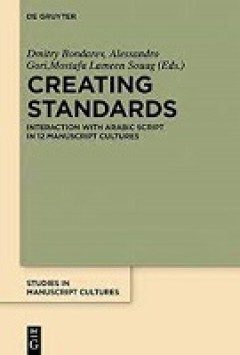
Creating Standards: Interactions with Arabic script in 12 manuscript cultures
This book deals with various aspects of standardisation by stepping outside the disciplinary and regional boundaries and providing a typological cross-cultural comparison of standardisation processes in writing traditions influenced by Arabic where different cultures, languages and scripts interact.
- Edition
- Ed. 1
- ISBN/ISSN
- 9783110635089; 9783110634983
- Collation
- 326
- Series Title
- -
- Call Number
- 400 CRE c
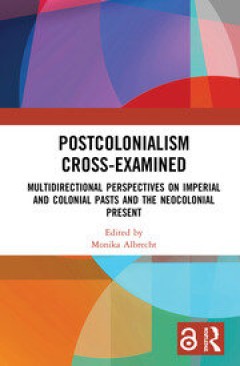
Postcolonialism Cross-Examined
Taking a strikingly interdisciplinary and global approach, Postcolonialism Cross-Examined reflects on the current status of postcolonial studies and attempts to break through traditional boundaries, creating a truly comparative and genuinely global phenomenon. Drawing together the field of mainstream postcolonial studies with post-Soviet postcolonial studies and studies of the late Ottoman Empi…
- Edition
- -
- ISBN/ISSN
- 9780367222543
- Collation
- -
- Series Title
- -
- Call Number
- 410

The Literariness of Media Art
The beginning of the 20th century saw literary scholars from Russia positing a new definition for the nature of literature. Within the framework of Russian Formalism, the term ‘literariness’ was coined. The driving force behind this theoretical inquiry was the desire to identify literature—and art in general—as a way of revitalizing human perception, which had been numbed by the automat…
- Edition
- -
- ISBN/ISSN
- 9781315107981
- Collation
- -
- Series Title
- -
- Call Number
- 410
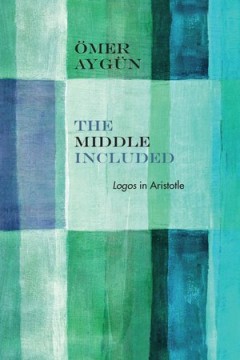
The Middle Included : Logos In Aristotle
The Middle Included is a systematic exploration of the meanings of logos throughout Aristotle’s work. It claims that the basic meaning is “gathering,â€? a relation that holds its terms together without isolating them or collapsing one to the other. This meaning also applies to logos in the sense of human language. Aristotle describes how some animals are capable of understanding…
- Edition
- -
- ISBN/ISSN
- 9780810134027
- Collation
- -
- Series Title
- -
- Call Number
- 400 AYG m
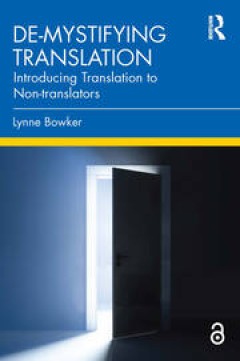
De-mystifying Translation
This textbook provides an accessible introduction to the field of translation for students of other disciplines and readers who are not translators. It provides students outside the translation profession with a greater awareness of, and appreciation for, what goes into translation. Providing readers with tools for their own personal translation-related needs, this book encourages an ethical ap…
- Edition
- -
- ISBN/ISSN
- 9781003217718
- Collation
- -
- Series Title
- -
- Call Number
- 810
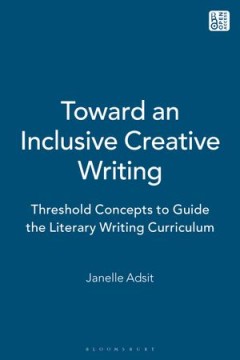
Toward an Inclusive Creative Writing : Threshold Concepts to Guide the Litera…
The creative writing workshop has existed since the early part of the 20th century, but does it adequately serve the students who come to it today? While the workshop is often thought of as a form of student-centered pedagogy, it turns out that workshop conversations serve to marginalize a range of aesthetic orientations and the cultural histories to which they belong. Given the shifting demogr…
- Edition
- -
- ISBN/ISSN
- 9781350023864
- Collation
- -
- Series Title
- -
- Call Number
- 370 ADS t
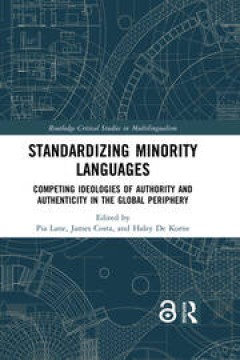
Standardizing Minority Languages : Competing Ideologies of Authority and Auth…
This volume addresses a crucial, yet largely unaddressed dimension of minority language standardization, namely how social actors engage with, support, negotiate, resist and even reject such processes. The focus is on social actors rather than language as a means for analysing the complexity and tensions inherent in contemporary standardization processes. By considering the perspectives and act…
- Edition
- -
- ISBN/ISSN
- 9781315647722
- Collation
- -
- Series Title
- -
- Call Number
- 420
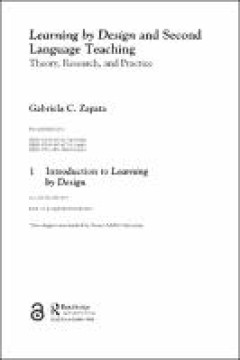
Chapter 1 Introduction to Learning by Design
"Learning by Design and Second Language Teaching establishes theoretical, research, and practice connections between the multiliteracies framework Learning by Design and L2 teaching and learning. A comprehensive introductory chapter presents the theoretical tenets of the approach and is followed by four chapters devoted to the establishment of connections between the framework and L2 instructio…
- Edition
- -
- ISBN/ISSN
- 9780367617349
- Collation
- 20 pages
- Series Title
- -
- Call Number
- 429 GAB c
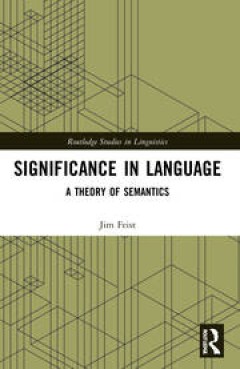
Significance in Language
This book offers a unique perspective on meaning in language, broadening the scope of existing understanding of meaning by introducing a comprehensive and cohesive account of meaning that draws on a wide range of linguistic approaches. The volume seeks to build up a complete picture of what meaning is, different types of meaning, and different ways of structuring the same meaning across myri…
- Edition
- -
- ISBN/ISSN
- 9781003259381
- Collation
- -
- Series Title
- -
- Call Number
- -
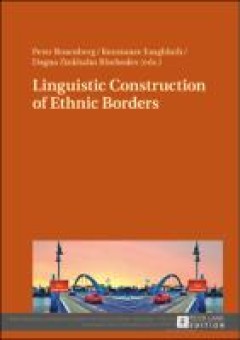
Linguistic Construction of Ethnic Borders
This volume focuses on the linguistic constructs involved in ethnic borders. Ethnic borders have proven themselves to be surprisingly long-lived: in nearly all European countries and beyond, border demarcation, exclusion of foreigners, and minority conflicts are some of the most persistent challenges for nations and societies. Which linguistic factors play a role in the formation of these borde…
- Edition
- Ed. 1
- ISBN/ISSN
- 9783653982565; 9783631653777
- Collation
- 264
- Series Title
- -
- Call Number
- 306.44 LIN l
 Computer Science, Information & General Works
Computer Science, Information & General Works  Philosophy & Psychology
Philosophy & Psychology  Religion
Religion  Social Sciences
Social Sciences  Language
Language  Pure Science
Pure Science  Applied Sciences
Applied Sciences  Art & Recreation
Art & Recreation  Literature
Literature  History & Geography
History & Geography